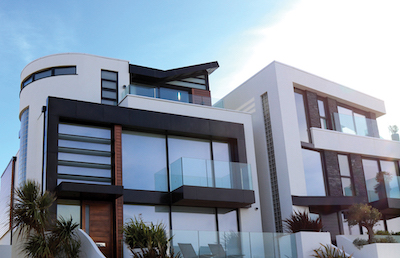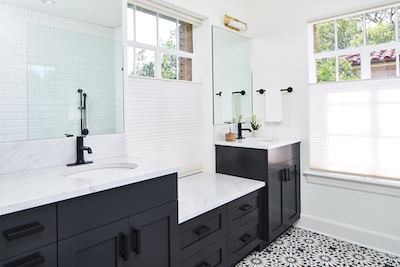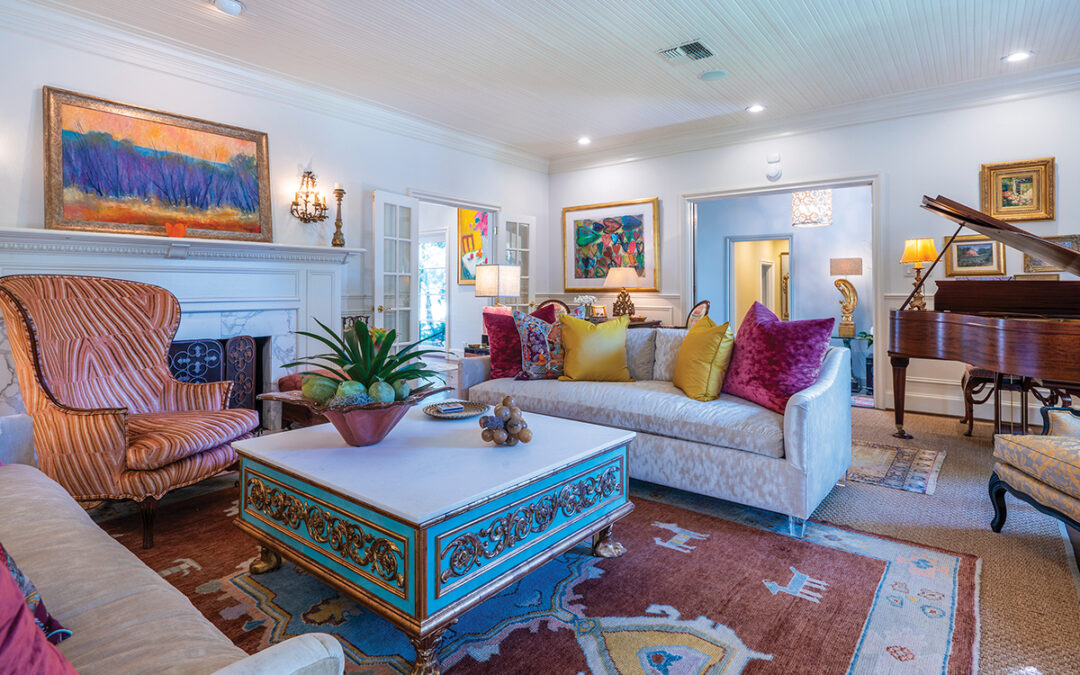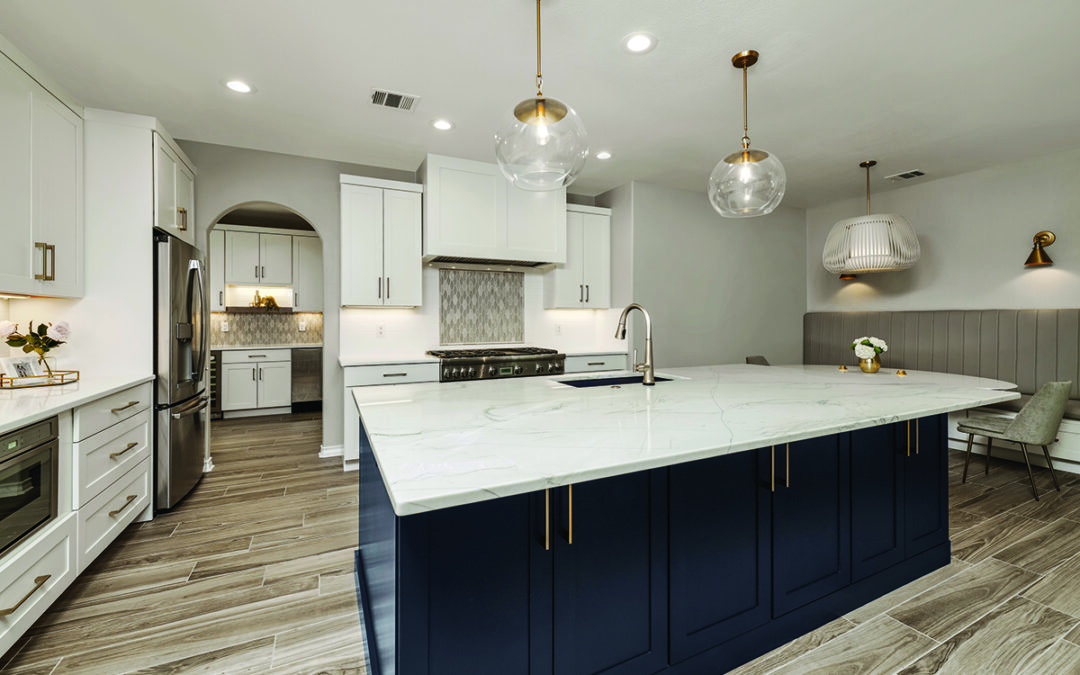Windows are essential for bringing in light, creating connections to our environment and adding beauty to our residential structures. In ancient China, Korea, and Japan, paper was used for windows while the Romans were the first to use glass and the English used animal horn as panes thin enough for light to enter.
The need for connection to the outside is something people have always desired. Window styles have changed dramatically through history along with varying building methods and modes.
Today, with windows come all the decisions around how to treat them in the home. When discussing “window treatments” with clients, I get all kinds of different responses.
It varies from, “what is a window treatment,” to the knee-jerk response from clients building a new home or doing an
addition, “why would I want to cover my beautiful view?”
As their interior designer, my role is to explain to them that window treatments need not impede a beautiful view, and then I patiently wait for them to move in and discover that they cannot sleep in their new master suite with morning sunlight streaming in or to find that the neighbor’s security light shines into a room. Then they call and say, “help!”
Window treatments range from shutters, to shades, to blinds, to a simple valance or curtain panel. In ancient times people needed window treatments for warmth and to keep out dust and dirt and even security. Bandits were kept out by shutters with metal hardware, and the Greeks used marble shutters to help their spaces stay cool in the hot sun.
In current times people are still concerned with security/privacy that window coverings can provide. In fact, some shades are so efficient at blocking UV rays and heat that they improve a window’s function by 90% or more.
My favorite function of a window treatment is “top down bottom up,” because it allows the homeowner to have complete privacy. They can see out of the top portion of the windows–while even in their skivvies–without being seen, or place them in a down position, allowing in all the light and view without compromising privacy.
Recent laws about cord safety have prompted new window treatments that function without any cords whatsoever. The days of expensive motorization are gone as well, with battery-powered shades for houses not wired for automation.
As an interior designer, I love having the option for simple decorative curtain panels that purely frame a window and need not be the privacy provider. They simply give us the chance for more fabric and interest in the space. The thing to remember is, no matter the style of your home, it is important to consider making your windows feel finished with a treatment that adds value of both function and beauty!
By Amity Worrel, Interior Designer
Amity + Kett Architecture and Interior Design












0 Comments